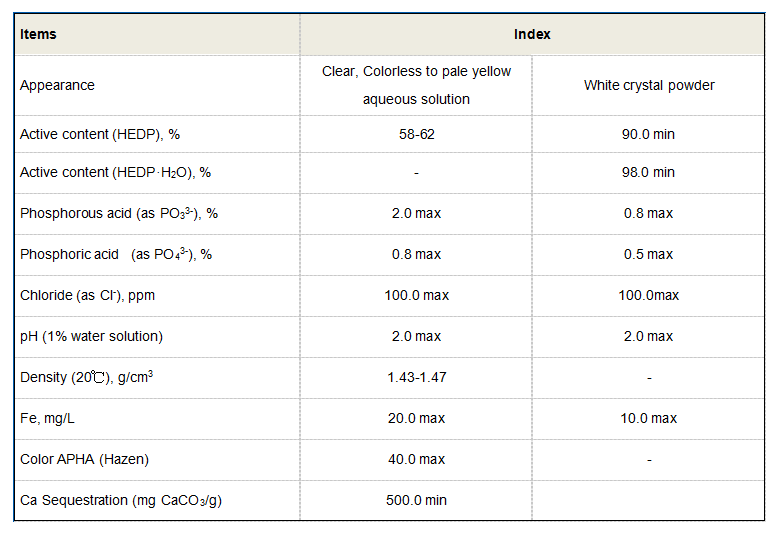cationic polyacrylamide flocculant
The Role of Cationic Polyacrylamide Flocculant in Water Treatment
Cationic polyacrylamide (CPAM) flocculant is a crucial polymeric compound widely utilized in various industries, particularly in water treatment processes. Its unique properties, such as high molecular weight and positive charge, enable it to effectively bind and aggregate suspended particles, leading to enhanced sedimentation and separation during purification processes. This article explores the significance, mechanisms, applications, and benefits of cationic polyacrylamide flocculants in the water treatment sector.
Understanding Cationic Polyacrylamide
Cationic polyacrylamide is a synthetic polymer derived from acrylamide. The term cationic refers to the positive charge carried by the polymer, which is a fundamental characteristic that allows it to interact efficiently with negatively charged particles, including silt, clay, and organic matter commonly found in wastewater. Its polymer chains have a long structure that increases its effectiveness in forming flocs—aggregates of particles that can be easily removed from the liquid phase.
Mechanism of Action
The primary mechanism through which cationic polyacrylamide functions is charge neutralization and bridging. When CPAM is added to wastewater, the positive charges on its chains attract and neutralize the negatively charged particles dispersed in the water. This interaction leads to the formation of flocs as multiple particles are bound together through the bridging effect of the polymer chains. This process significantly enhances the efficiency of sedimentation, allowing for more effective removal of contaminants during the clarification phase of water treatment.
Applications in Water Treatment
Cationic polyacrylamide flocculants are employed in a multitude of applications related to water treatment
1. Municipal Wastewater Treatment CPAM is a pivotal agent in municipal wastewater treatment plants where it aids in the clarification and removal of suspended solids, fats, oils, and greases. Its use helps to reduce the biochemical oxygen demand (BOD) and total suspended solids (TSS) levels, ensuring compliance with environmental regulations.
cationic polyacrylamide flocculant

2. Industrial Water Treatment Many industries, such as mining, pulp and paper, and textiles, utilize CPAM for treating process water and effluents. The flocculant facilitates the separation of solid waste from the wastewater, thereby improving water recovery rates and minimizing environmental impact.
3. Sludge Dewatering In sludge management, cationic polyacrylamide is used to enhance the dewatering process. By promoting floc formation, CPAM allows for the efficient removal of water from sludge, reducing its volume and making it easier to handle and dispose of.
4. Oil Recovery In the oil and gas sector, CPAM finds application in enhanced oil recovery processes. It helps in reducing the viscosity of the water used in flooding operations, improving the efficiency of oil extraction.
Benefits of Cationic Polyacrylamide Flocculants
The advantages of using cationic polyacrylamide flocculants are numerous
- Efficiency CPAM significantly increases the rate of flocculation and sedimentation, thereby expediting the water treatment process. - Cost-effectiveness By improving the performance of existing water treatment systems, CPAM can lead to lower operational costs and reduced chemical usage. - Environmental Compliance With stricter environmental regulations in place, using cationic polyacrylamide helps industries meet effluent quality standards and minimizes the ecological footprint.
Conclusion
Cationic polyacrylamide flocculants play an indispensable role in modern water treatment processes. Their ability to effectively aggregate and remove suspended particles makes them an essential tool for managing wastewater in various industries. As water scarcity and environmental concerns continue to rise, the demand for efficient and sustainable water treatment solutions will only increase, solidifying the importance of CPAM in achieving these goals. With ongoing research and development, future enhancements to the properties and applications of cationic polyacrylamide promise to further optimize its efficacy and sustainability in water treatment practices.
-
Water Treatment with Flocculant Water TreatmentNewsJun.12,2025
-
Polymaleic AnhydrideNewsJun.12,2025
-
Polyaspartic AcidNewsJun.12,2025
-
Enhance Industrial Processes with IsothiazolinonesNewsJun.12,2025
-
Enhance Industrial Processes with PBTCA SolutionsNewsJun.12,2025
-
Dodecyldimethylbenzylammonium Chloride SolutionsNewsJun.12,2025





